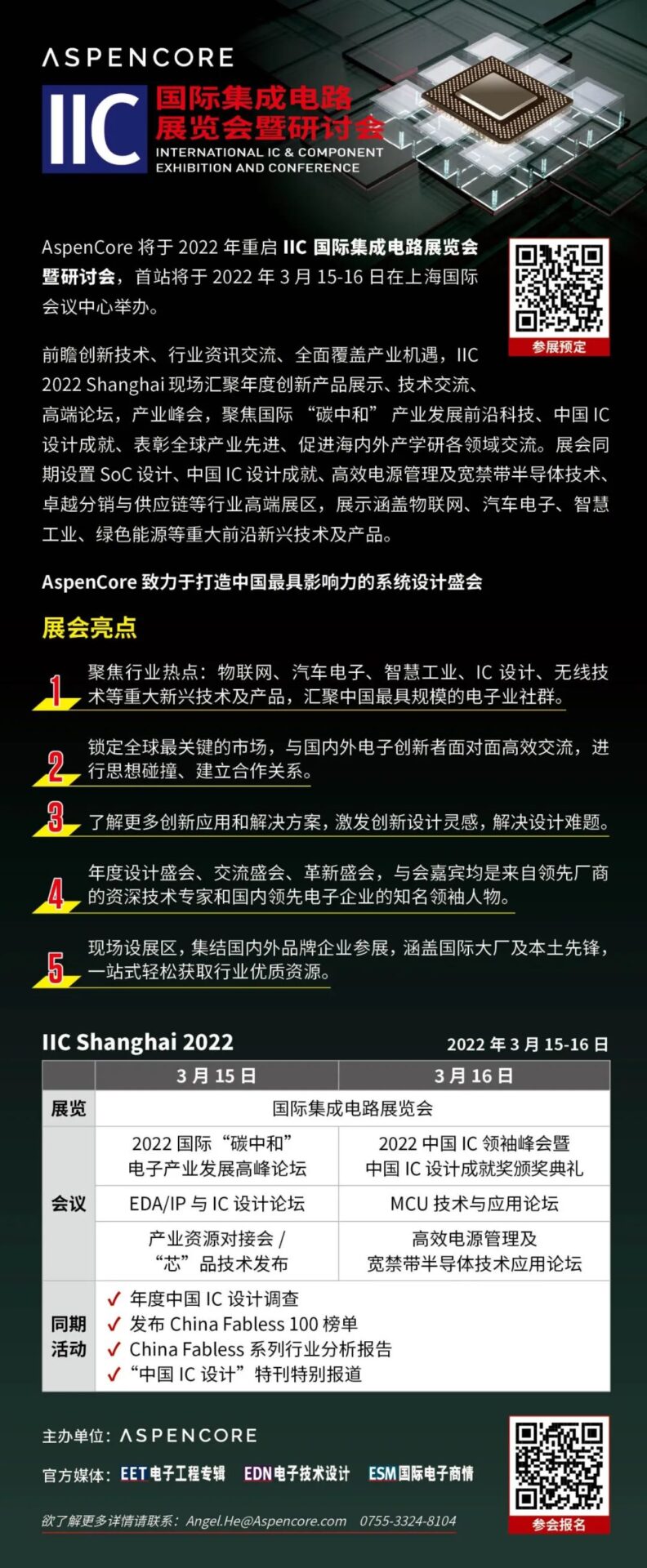The Huawei WATCH GT2 Pro, as Huawei’s latest smartwatch, has certainly undergone numerous upgrades compared to its predecessor, the Huawei WATCH GT2. Besides the visibly upgraded ceramic back cover and wireless charging, what changes exist internally? eWiseTech has already released a teardown of the Huawei WATCH GT2, and today we will be disassembling the Huawei WATCH GT2 Pro.
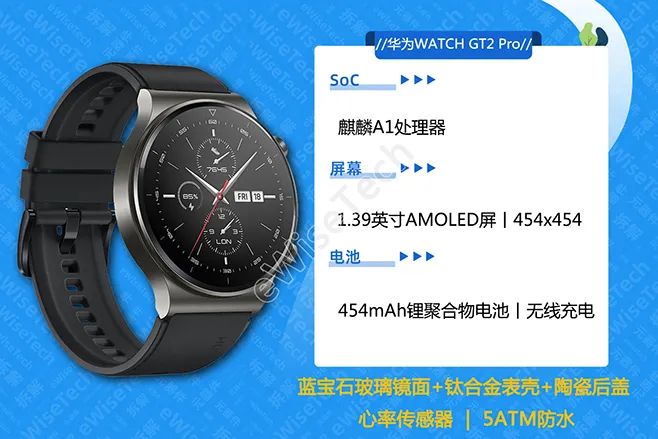
Disassembly Steps
The fluororubber strap features a detachable design for easy strap replacement.
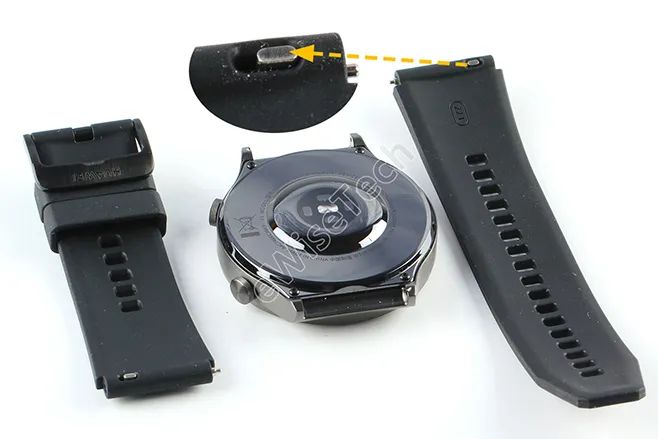
Disassembly starts from the back cover. Remove the four hex screws on the back cover and pry it open. Once opened, you can see a black rubber ring around the casing for waterproofing. The battery is also secured with a large piece of shock-absorbing foam.
The back cover integrates the battery, heart rate module, speaker, and vibrator. The mainboard, button soft board, and screen are integrated into the casing, with the connection soft board secured by a metal piece.
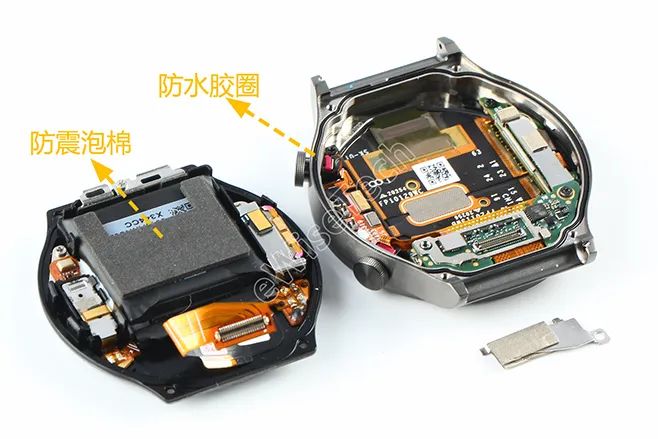
First, disassemble the back cover. The battery is secured with black adhesive and white solid glue. The battery is directly soldered to the soft board via solder points, without using a BTB connector, and the solder points are reinforced with adhesive.
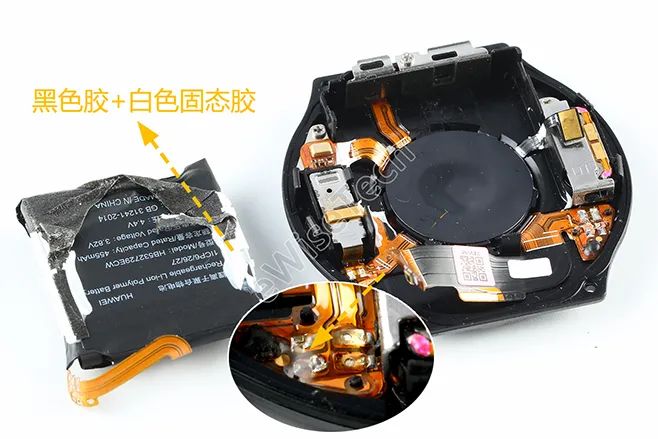
Next, remove the speaker and vibrator that are secured with glue. The vibrator is soldered to the soft board, while the speaker is connected via contacts and is surrounded by a white adhesive ring for waterproofing.
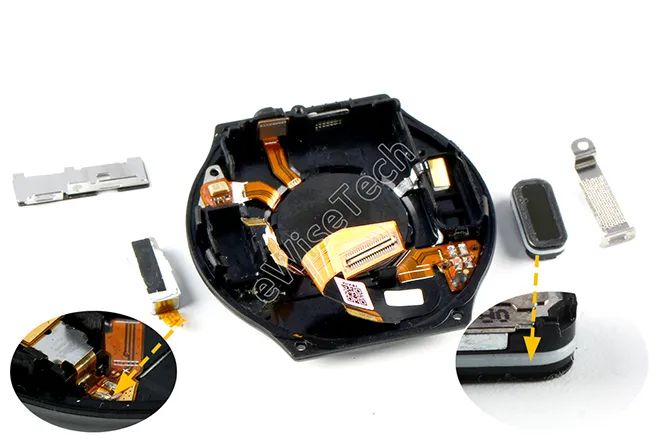
The soft board is pressed down by a black plastic piece. After removing the plastic piece, the soft board can be taken out, which integrates a barometer and microphone. The microphone is waterproofed with a mesh, and the barometer is waterproofed with a surrounding black adhesive ring.
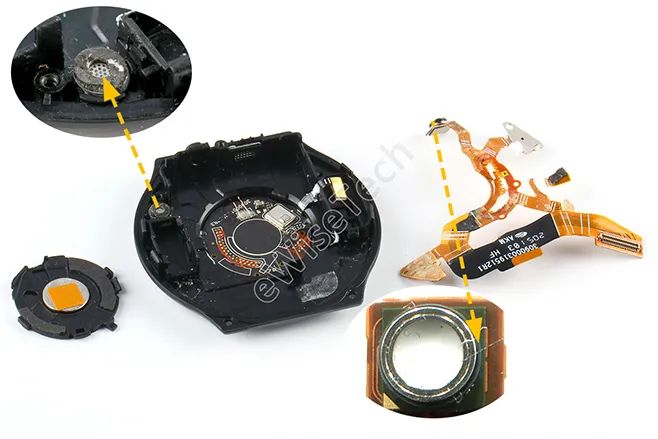
The plastic piece is fixed with magnets to attract the wireless charging cable.
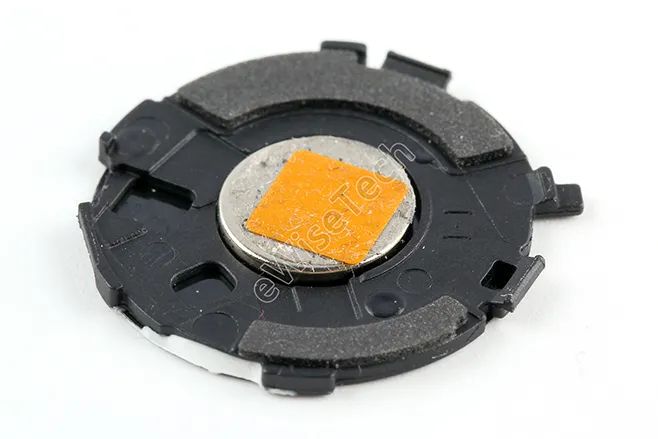
The heart rate sensor board and the soft board ribbon cable are secured with glue, and the wireless charging coil is soldered to the heart rate sensor board.
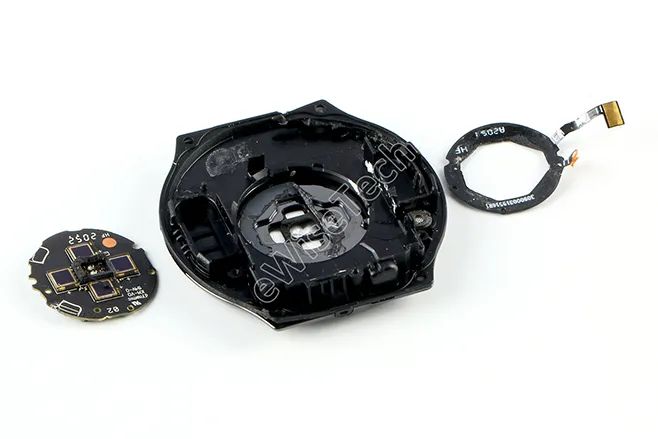
The heart rate sensor integrates four photodiodes and six LEDs.
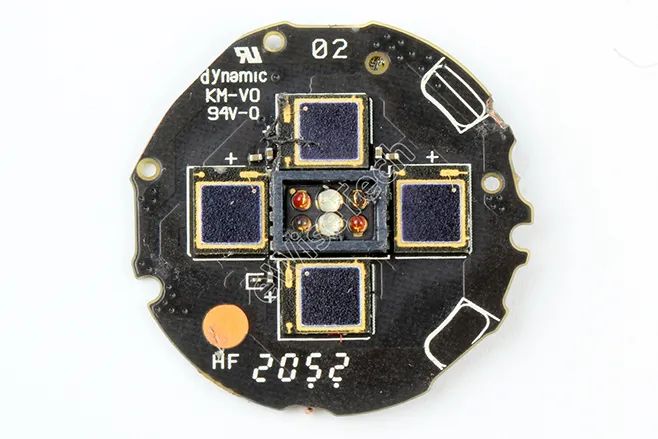
Using a pry tool, open the middle cover from the gap between the back cover and the middle cover; the wireless charging coil is secured to the back cover with glue.
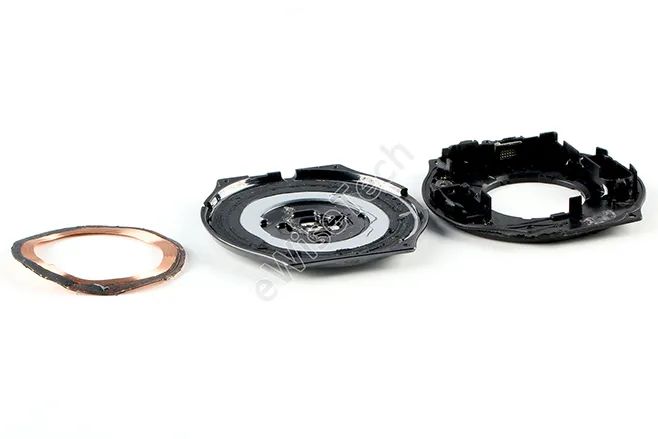
The back cover disassembly is now complete. Returning to the casing, the mainboard and the side button soft board are secured with screws. The two PCB boards are connected via solder points and are attached together, with the white silicone serving both to secure and dissipate heat. The side buttons are fixed with metal pieces.
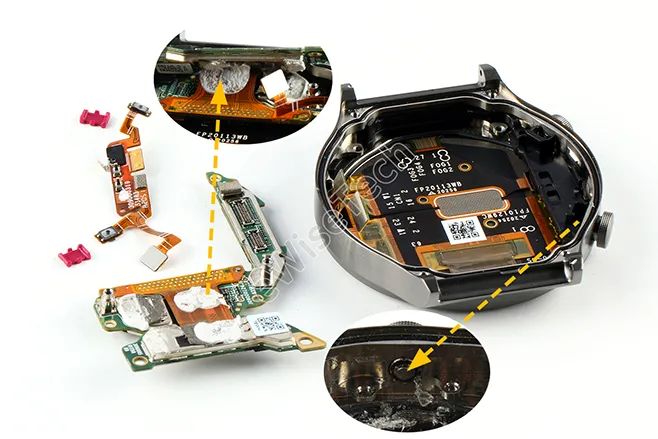
Finally, remove the black side button soft board support frame and the NFC coil hidden within the screen ribbon cable. The gap between the casing and the screen is very small, and even heating could not remove it.
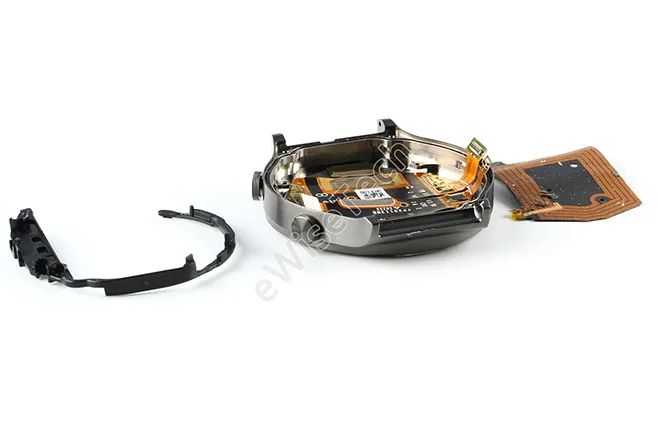
Module Information
The screen uses a 1.39-inch AMOLED display with a resolution of 454×454.
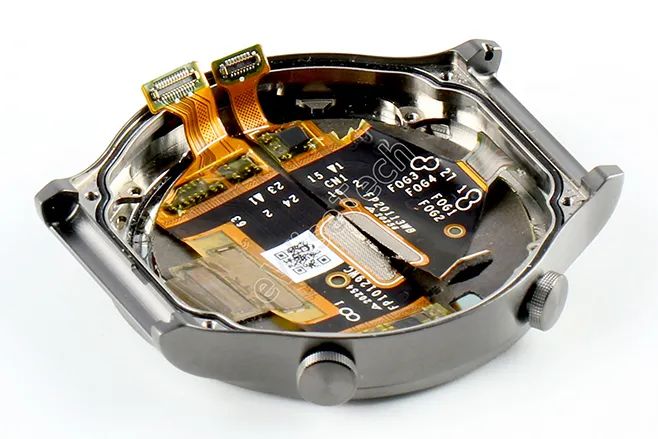
The battery is an ATL 455mAh lithium polymer battery.
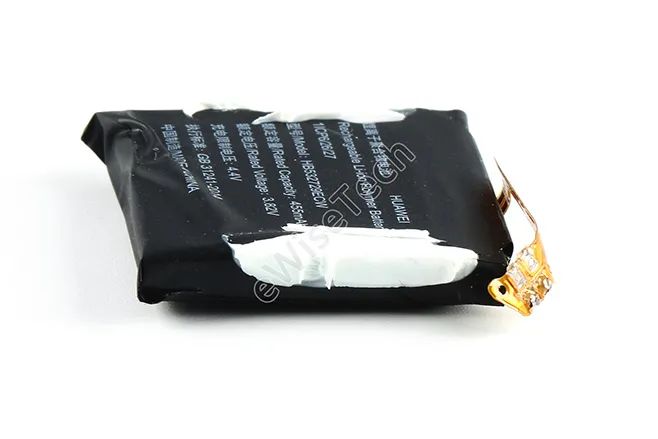
Mainboard IC Information
Mainboard front major ICs (below):
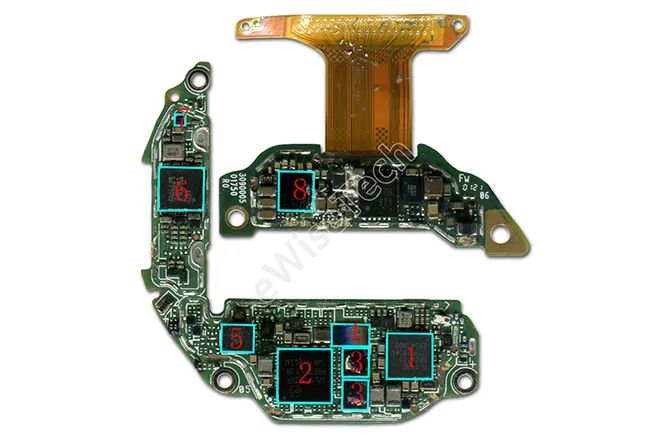
1: Hisilicon – Hi1132 – Kirin A1 Bluetooth 5.1 chip
2: STMicroelectronics – STM32L4R9 – ARM Cortex-M4 microcontroller
3: 2 AP Memory? – RAM chips
4: MXIC – Flash chip
5: STMicroelectronics – Gyroscope + Accelerometer
6: STMicroelectronics – ST54H – NFC control chip
7: AKM – AK09918 – Electronic compass
Mainboard back major ICs (below):
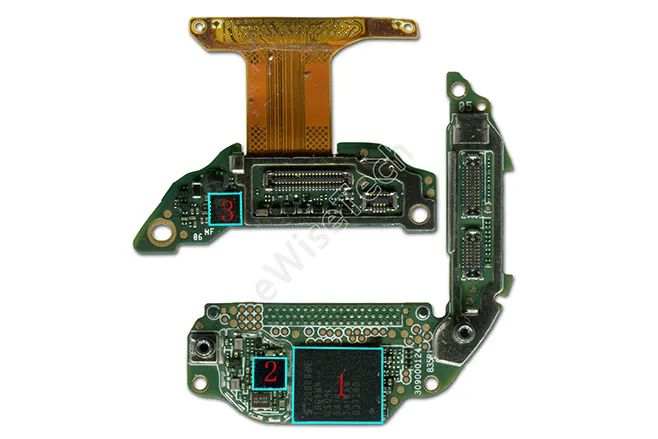
1: Toshiba – THGBMNG5D1LBAIK – 4GB Flash chip
2: Sony – S4LP173 – GNSS receiver chip
3: X-POWERS – AC107 – Audio ADC chip
Summary Information
The Huawei Watch GT2 Pro uses a total of 14 screws, with a clear internal structure. The sapphire glass mirror, titanium alloy casing, and ceramic back cover significantly enhance the device’s drop and scratch resistance. The watch is waterproof: the speaker and barometer, buttons and back cover are waterproofed with adhesive rings, and the space between the screen and casing, as well as between the back cover and middle cover, are waterproofed with adhesive. All BTB connectors are protected with covers. The NFC coil is fixed on the back of the screen, which saves space and is a mainstream solution for current smartwatches.
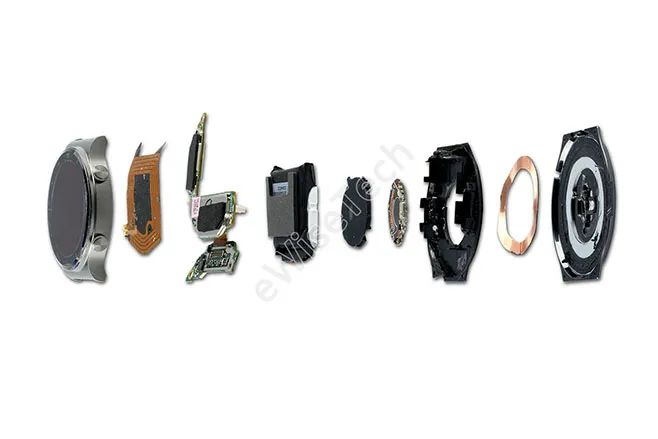
This article is authorized to be reproduced from eWiseTech, all rights reserved, please contact the original author for reprinting
